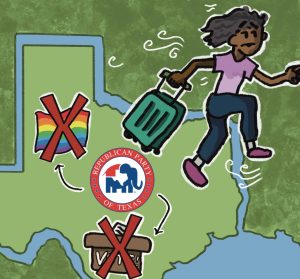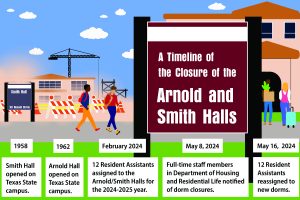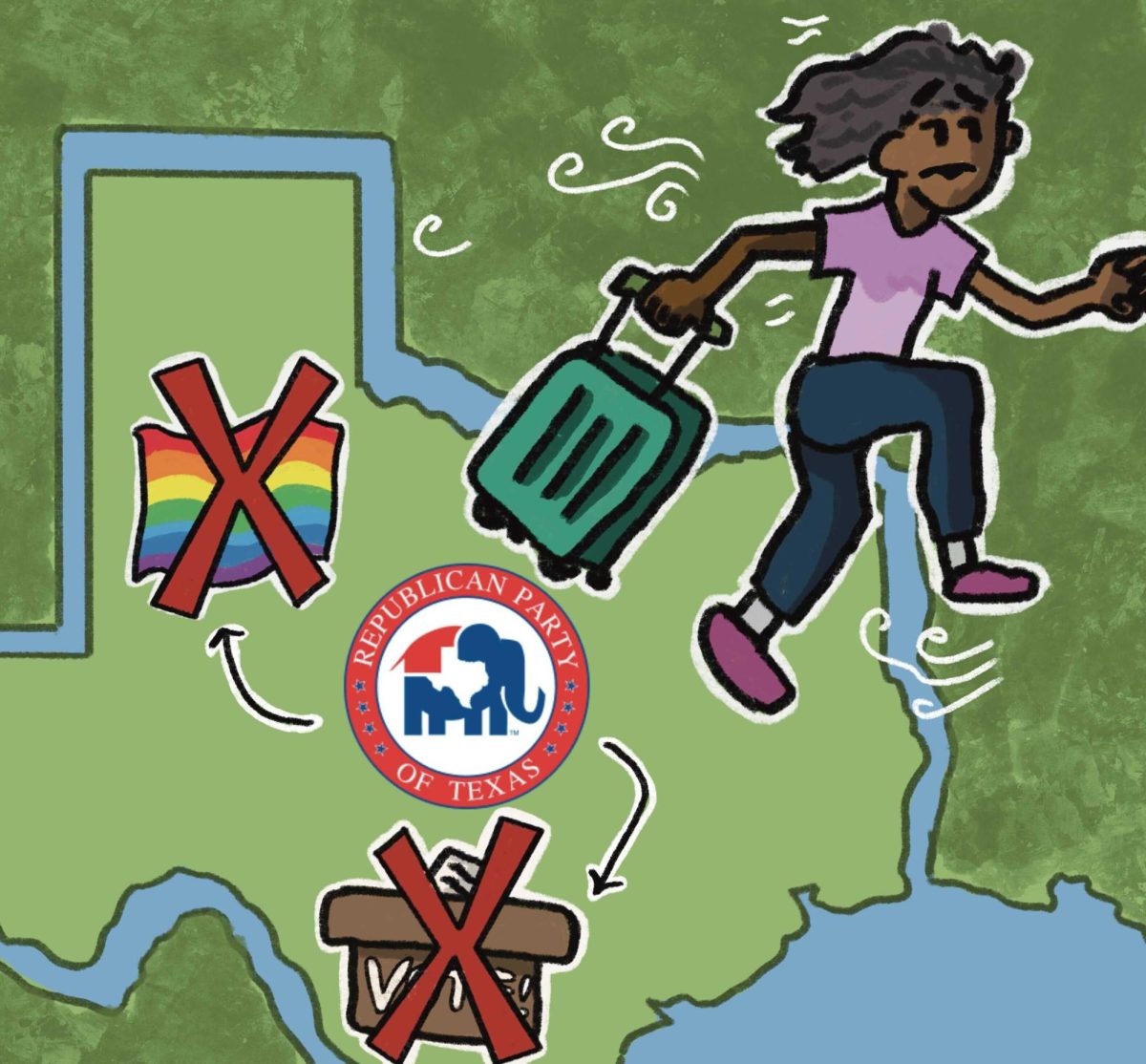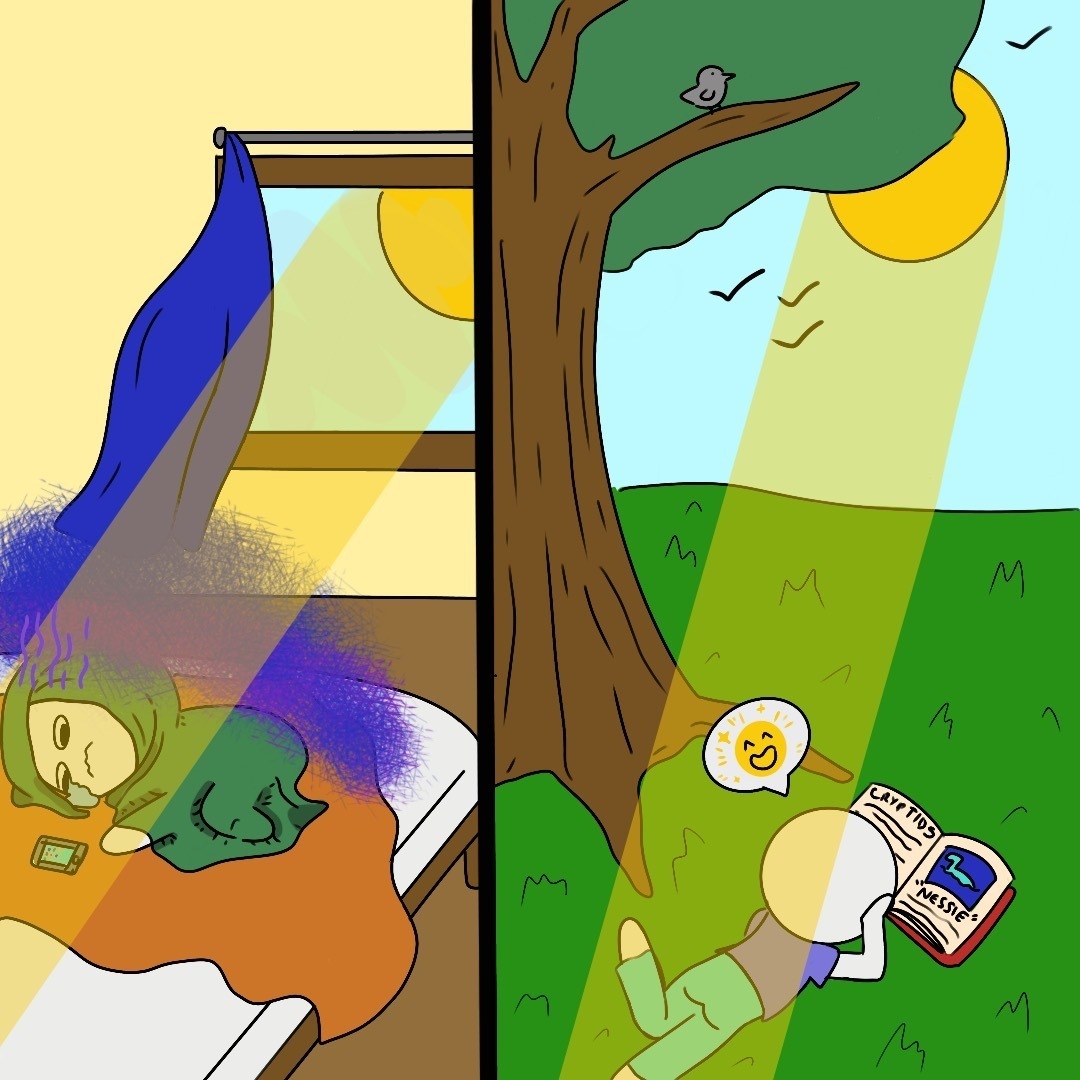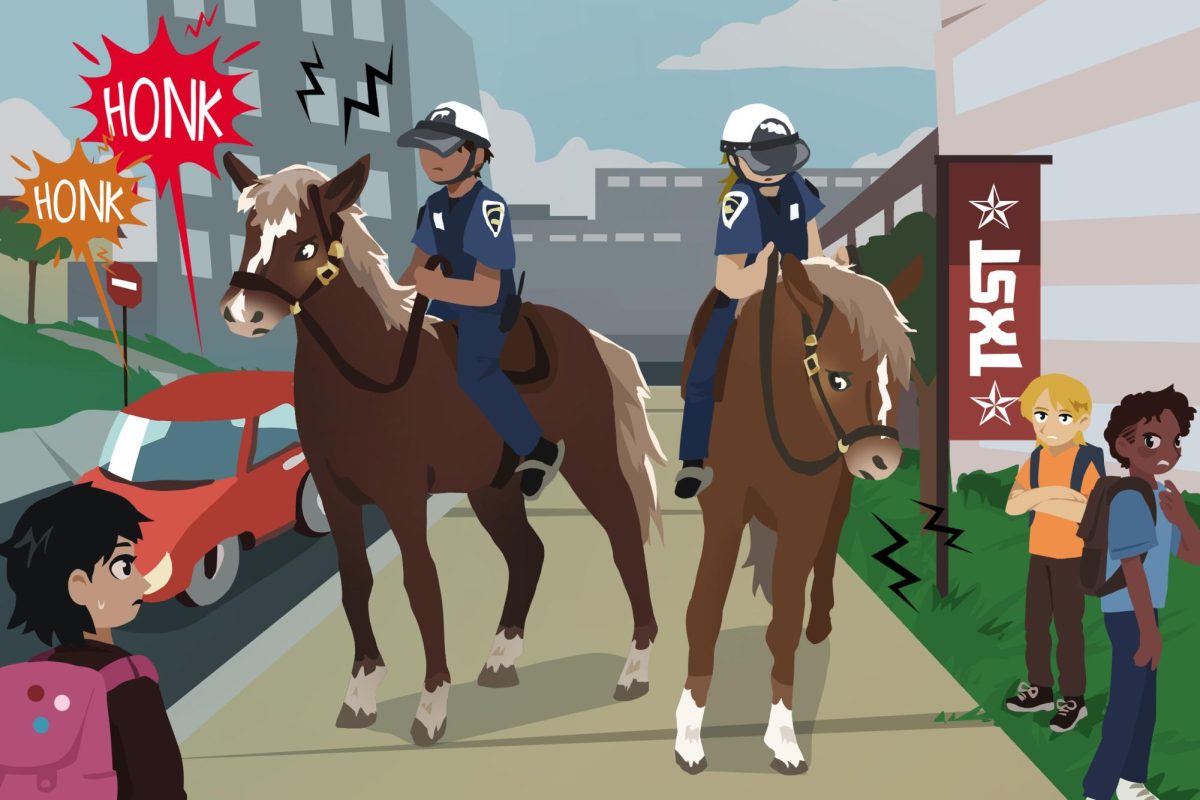Remember when getting school supplies used to be exciting? I used to beg my mom for us to go and get them in June, despite the new school year being months away. It was always fun to get to choose your journal colors, get a new backpack or, if you were lucky, get a pack of 64-count crayons.
With all of these supply choices we had in K-12, the one I took for granted was choosing the summer reading book. In middle school and high school, you were either assigned a single book to read over the summer or given a couple of options to choose from. I was never really in a rush to buy the book. After all, I had the entire summer to read it.
Buying supplies for college isn’t quite the same. Typically, that 64-count crayon pack is replaced with a single mechanical pencil and the summer reading choices are replaced with multiple required textbooks.
Although having to buy books may not be a new experience, having to buy so many in a short period of time is for some students. Instructors should not require students to have textbooks within the first weeks of school as some may need more time to get them.
The cost associated with textbooks can create a burden for students who need them for class. College Board’s Trends in College Pricing and Student Aid 2020 report estimates that for both two-year and four-year undergraduate budgets, $410 are allotted for course materials and $1,240-1,460 for other supplies. In its report, College Board notes that the cost of textbooks has recently declined.
The decline in costs, however, still doesn’t make textbooks an affordable course material for all students. Because of this, some college students, like Jailene Ortiz, a biology sophomore, have struggled to purchase textbooks in a timely manner.
“It was overwhelming because at the moment I didn’t have, like, a lot of money,” Ortiz said. “So, I had to get it from my savings and my savings is just, like, for college tuition.”
Although Ortiz found a way to make it work, not every student is willing to make financial sacrifices for books. According to the U.S. Public Interest Research Group’s Education Fund, 65% of students in the U.S. decide not to buy textbooks, no matter the blow it may cost academically.
I originally thought this was an unbelievable majority, until I realized I contribute to this percentage. There have been times where I opted out of a textbook because it was not explicitly required, or I could copy the chapters at the library. However, not everyone has the luxury of going on campus often, especially if they don’t live in the area.
Even if students find a way to purchase these books, there’s also the matter of the books arriving on time if they were ordered online. If students need to purchase books in a timely manner, then they deserve to get a fair amount of notice beforehand. Ortiz said she had found out about the required textbooks and the necessity of them for the first week of class the day before school started.
Dayna Harris, a nursing sophomore, also found out about the need for required textbooks only days before class started. She said she was only given a two days’ notice for books that were needed for her English class.
“Honestly they were kind of pricey, so I bought them for a cheaper price but they didn’t come in until later,” Harris said. “I wish they could give you a two-week notice because that’s how long it takes for books to come in or even get one.”
Whether students can or cannot afford books, it can easily be a struggle to obtain them within the first couple of weeks. An alternative to professors using textbooks could be something the university offers for free: databases.
University research databases allow students to access journals, newspapers, articles and more through their website. This means students wouldn’t have to make a trip to the library to obtain them like they would a physical book. Second, resources in databases are peer-reviewed meaning that those knowledgeable in the respective subject assess the source. Moreover, students at universities like Texas State already pay tuition fees that grant them access to numerous databases.
With databases containing publishing approved sources that are easy to obtain at home and come at no extra cost to the student, using sources from them the first couple weeks of classes could be an easy alternative.
However, the argument could be made that this alternative does not apply to fictional books students may need. Regardless, databases could still be used for the context surrounding the book, like the historical setting or even reviews of the book.
Harris also suggests there could be a website created where materials needed for a particular class are listed beforehand.
“So, like your teacher doesn’t have to tell you what book it is, you look up your class and it already tells you what book you need so that ahead of time, when you sign up for classes, you already have it,” Harris said.
This idea reminded me of the lists that were made available in stores like Target or Walmart that provided the needed materials for schools in the area weeks before classes started. No matter what school students went to, they always knew what they’d need.
Although high school teachers warned that college wouldn’t be like high school, maybe the way in which students are notified of required course materials should be.
– Hannah Thompson is a history senior
The University Star welcomes Letters to the Editor from its readers. All submissions are reviewed and considered by the Editor-in-Chief and Opinion Editor for publication. Not all letters are guaranteed for publication.
Opinion: Professors should not require textbooks the first weeks of instruction
September 21, 2021

a949f360-1a29-11ec-8701-3b65cf37a869.png
Donate to The University Star
Your donation will support the student journalists of Texas State University. Your contribution will allow us to purchase equipment and cover our annual website hosting costs.


